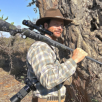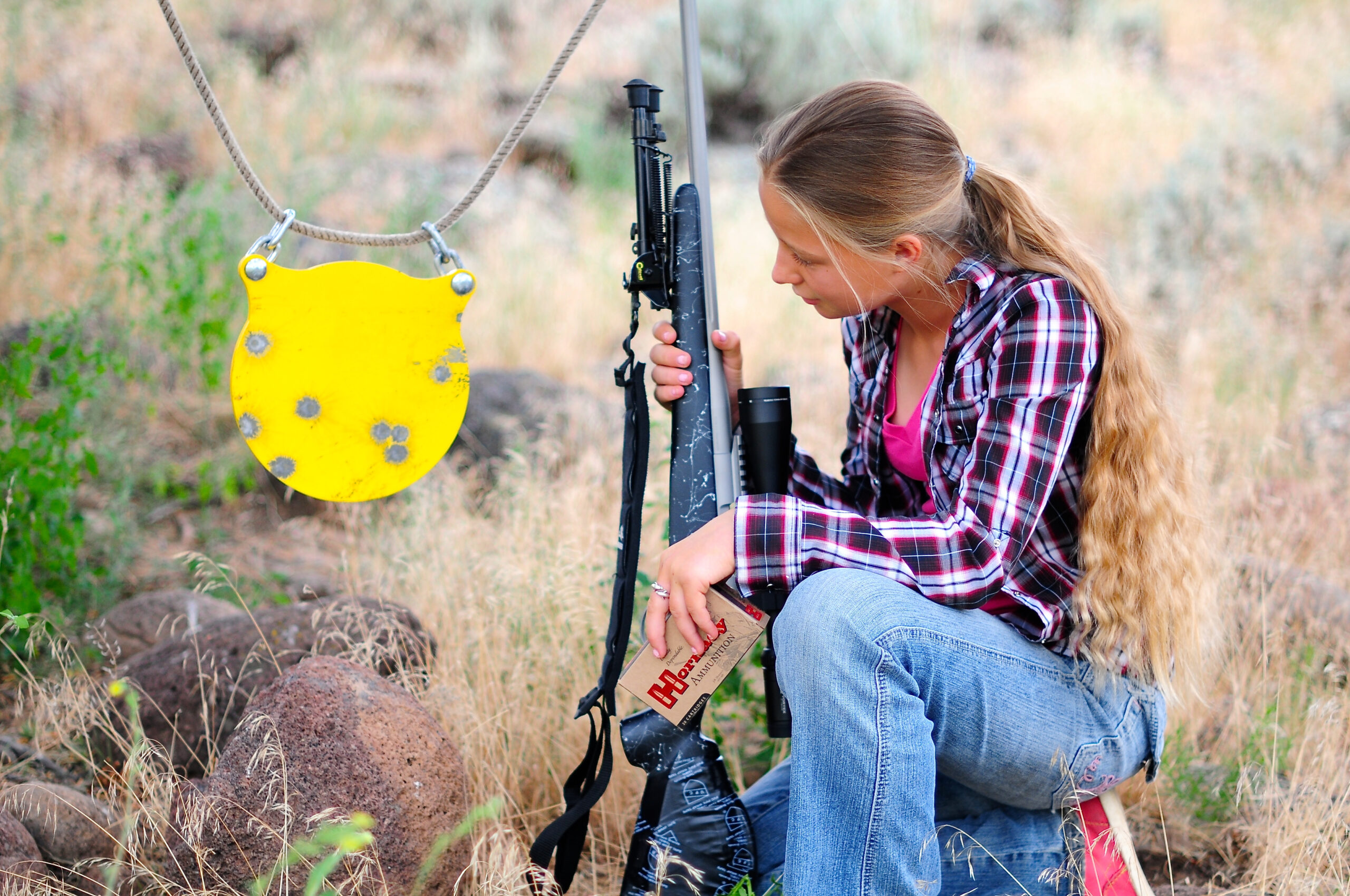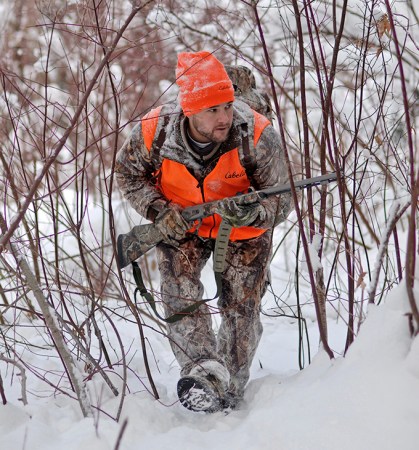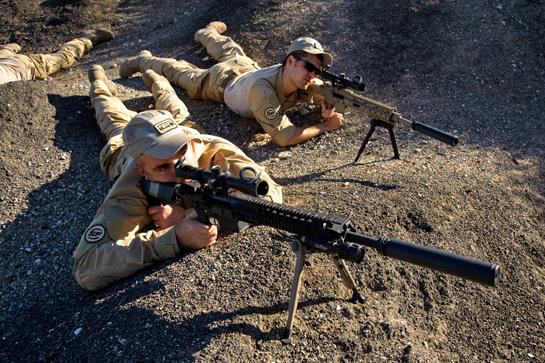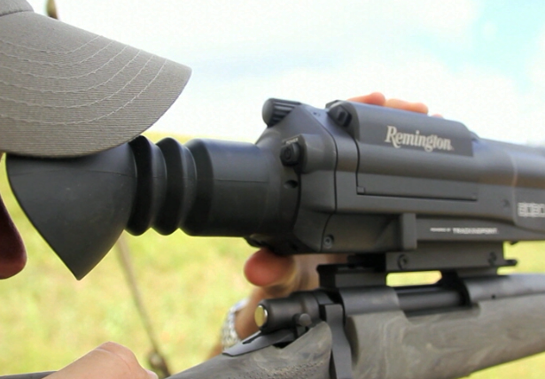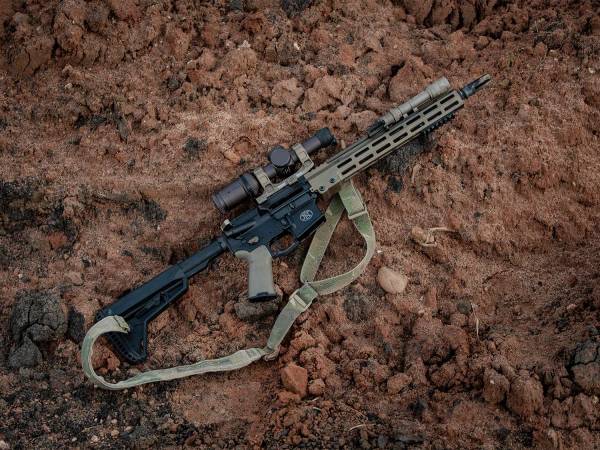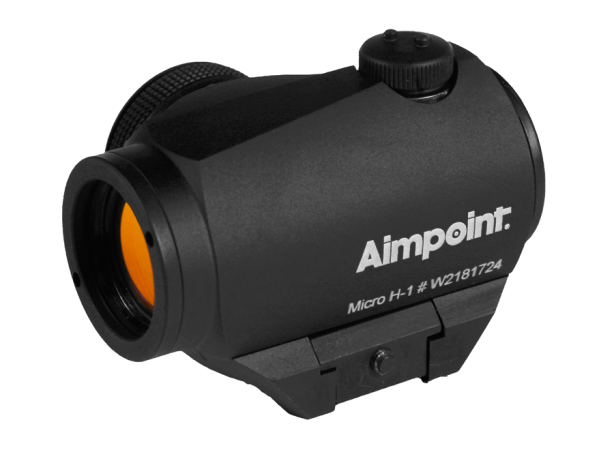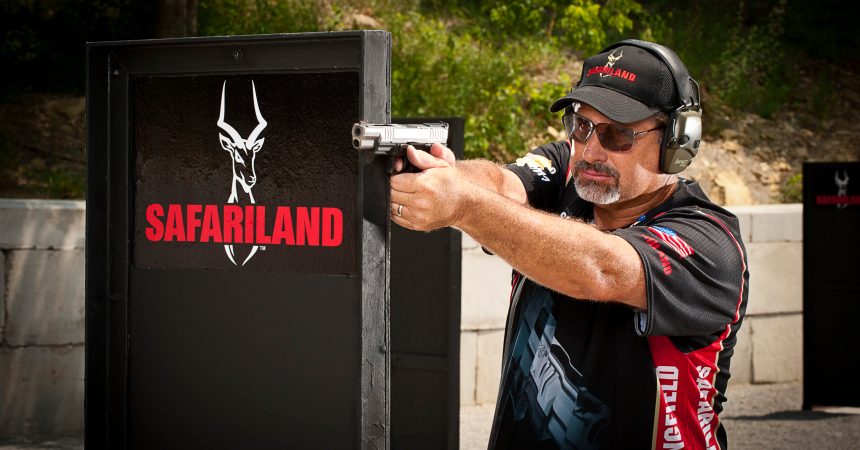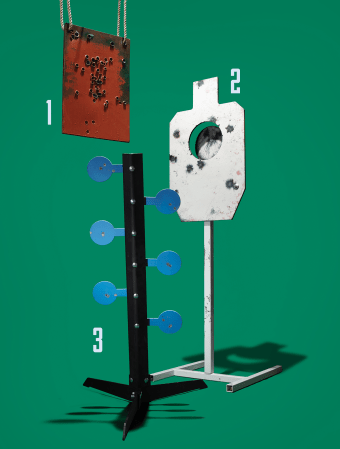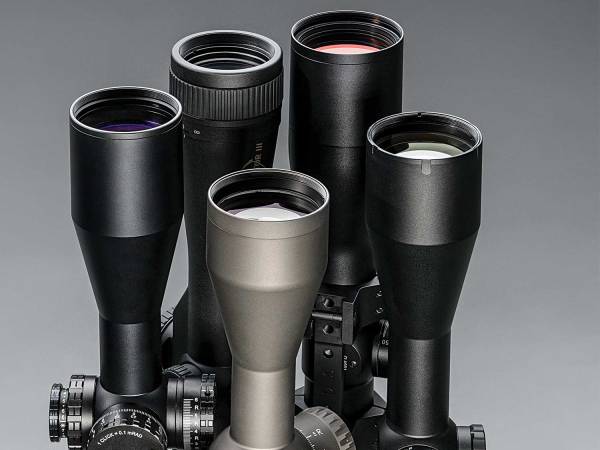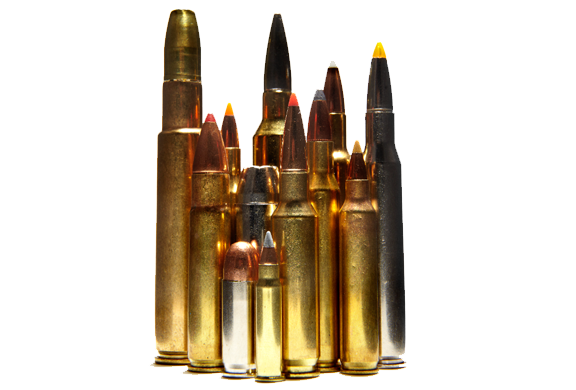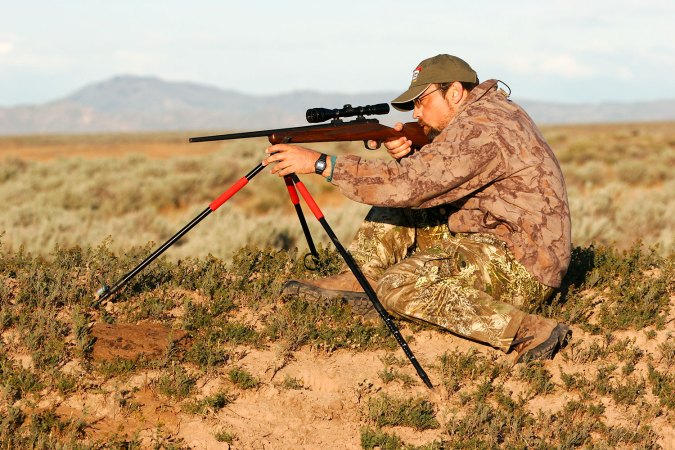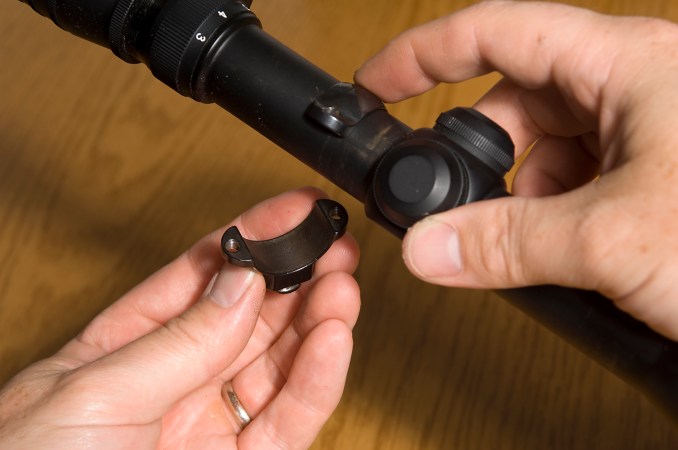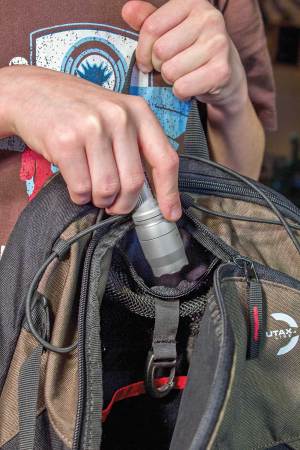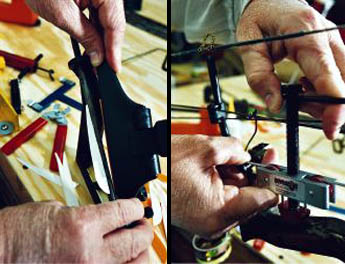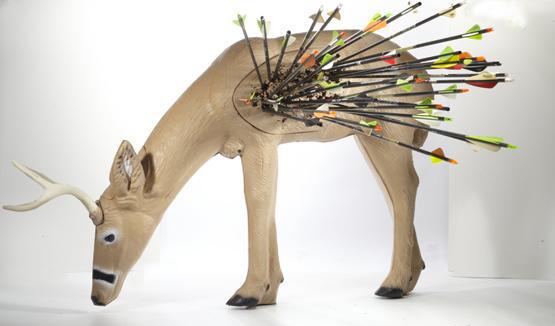We may earn revenue from the products available on this page and participate in affiliate programs. Learn More ›
Kawwwap! The sound of lead striking steel reached my ears a split second after my 10-inch gong gave a violent twitch followed by gentle swinging. My 12-year-old daughter had just made a solid, easy-to-see hit at 400 yards with her ultra-accurate Fierce rifle in 6.5 Creedmoor. Glaring through my spotting scope I could see the grey smear at about nine-o’clock, three inches from center. That would be a dead deer, coyote, or anything else bigger than a prairie dog.
Reactive steel targets offer a unique opportunity to test and improve your skill in a way that paper targets simply can’t. Don’t get me wrong, I’m a die-hard believer in working a firearm out on paper targets; testing loads, refining zeros, and gathering data. But for in-the-field practice–utilizing field positions, learning to read wind, and establishing your maximum effective range, a steel swinger can give you instant hit-or-miss feedback.
Many hunters are supremely confident in their shooting ability, and indeed when shooting from a concrete bench and sandbag, they do shoot well. But a disconnect can occur when the same hunter has a shot opportunity at a deer or elk, but can’t seem to locate a concrete bench from which to shoot. Put our theoretical hunter in a situation where he is required to shoot from an unfamiliar field position and he is likely to wound or miss his animal.
As hunters we have a responsibility to strive for a perfectly clean kill every time we squeeze the trigger on a game animal. Therefore we need to work hard to improve our shooting and gun handling skills. A steel gong will help you train for that shot of a lifetime, and will teach you about your strengths and your limitations.
Steel Targets
Not all steel is created equal. In fact most steel is unsuitable for targets, and will deform when shot. Aside from the obvious downsides to having a bent-up, unsightly target with a few holes your buddy shot in it with his .300, a bent, pockmarked target can return bullets or fragments to the sender. To be safe a steel target needs to maintain a smooth flat surface facing the shooter, and be mounted or hung at a slight angle so that bullet fragments deflect in a downward direction.
The best steel for targets is AR (Abrasion Resistant) 500 or 550 steel. Purchase a target that will simulate your intended game (for instance a 10- or 12-inch diameter gong will match the vital zone of a deer) and suitable for your caliber (heavy-hitting magnum calibers require thicker targets). Targets come standard in thicknesses varying from 3/8 inch to 5/8 inch, and the manufactures spec sheet will tell you what kind of abuse each thickness can take and stay healthy. I personally like ½-inch-thick targets; they handle most large calibers with aplomb, even when loaded with homogenous projectiles.
Practice
Once you have your target in hand take it to the field and set it up in front of a backstop that will make it easy to spot misses. Dirt or sand is ideal. Shoot your target from various field positions and distances. Stretch your ability, try new positions, and learn what shots you can and cannot pull off. Then move to another location and repeat. You’ll be surprised at how much your shooting improves after a couple Saturdays of practice, and if I don’t miss my guess you’ll have more fun than you ever did punching paper. Best of all, when that shot at a buck or bull of a lifetime presents you will be more prepared to make the shot than you’ve ever been. As you walk up to that trophy buck or bull you’ll mentally give your steel target a big ol’ kiss.
Tip: After an afternoon of shooting your target will turn a dismal grey color, making it hard to see and hard to spot hits on. Re-paint your target with white spray paint as needed to keep it fresh and visible.
